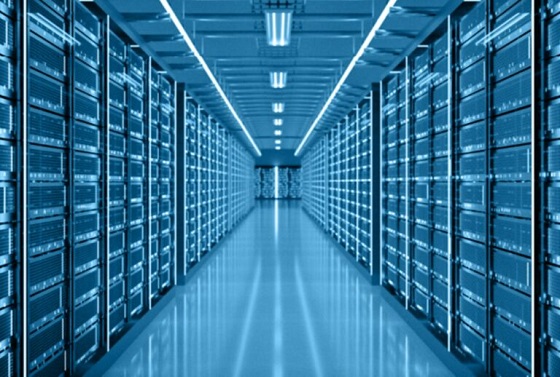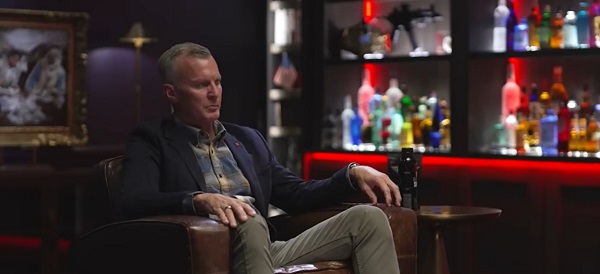Economy
Trump’s Wakeup Call to Canada – Oil & Gas is Critical to our Economy
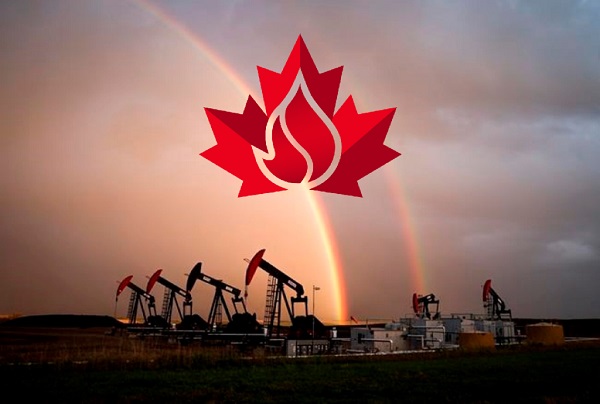
From EnergyNow.Ca
By Jim Warren
On the bright side, at least President Donald Trump’s threat to impose 25% tariffs on Canadian oil and gas, might have alerted some Central Canadians to the critical importance of oil and gas to the national economy. Trump’s tariff pronouncements may also have forced the Laurentian Elite to rethink the wisdom of allowing anarchy to reign in our immigration system and border management.
Any nation hoping to be a serious player in the areas of international trade and diplomacy needs to meet several critical criteria. Without them a country can have difficulty marketing its goods and services to the world and in retaining meaningful economic and political sovereignty. One of the key criteria is for a country to have a good measure of control over its borders. But there are other elements critical to having effective sovereignty and independence. Having access to versatile, readily transportable energy commodities like oil and gas is one of those essentials. Accordingly, oil and gas are considered strategically important industries.
Lacking any of the major building blocks of strategic economic sovereignty, like the steel and aluminum industries and a thriving manufacturing sector, as well as highly developed transportation sector and the energy industries needed to support all the other sectors can leave a country vulnerable to domination by others. The vulnerabilities can lead to economic and political crises for a country during trade wars, international disputes leading to trade sanctions and embargoes, shooting wars and big natural disasters. A lack of strong trade and military alliances can make matters even worse.
It’s not like there wasn’t a mountain of evidence underlining the strategic importance of oil and gas in the last few years. How smart was it for Angela Merkel to allow Russia, a state run by a psychopath and his team of criminal oligarchs, to control a major portion of its energy supplies? The Ukraine gets it. After its war with Russia began, the Ukrainian government allowed Russian gas to be piped across its territory to Eastern Europe for nearly two years. This was because they realized messing with a commodity critical to bordering states such as Hungary, Slovakia and Romania was politically hazardous.
It is true that a country can still have a thriving economy even if it is missing one or two items from the basket of strategically important industries. Singapore, for example, needs to import fossil fuel but is still considered one of Southeast Asia’s economic tigers. But this is only possible because Singapore is so good at most everything else. It has several other economic engines that perform exceptionally well.
Looking back several decades reminds us that Japan risked entering a World War to obtain the petroleum they needed. To get it, the Japanese concluded they needed to conquer parts of Indonesia. (Similarly they wanted Southeast Asia for its rubber.) They knew these were actions the US wouldn’t tolerate, but they decided they had to do them anyway.
While we’re on the topic of World War II, it is instructive to recall Hitler fought it with one hand tied behind his back. Germany had no oil of its own and gasoline refined from coal and the oil available from their Romanian ally were never enough. That’s why the German’s placed such great hopes in capturing Russia’s Caspian oil fields in 1943. Similarly, Hitler invaded Norway to ensure access to Swedish iron ore—another strategic commodity Germany lacked.
Canada’s oil revenues along with the taxes and royalties collected from those revenues are derived almost entirely from the oil we export to the US. Our export revenues for 2022, following the worst of the covid years, were $123 billion. They accounted for 15.8% of all Canada’s exports and 6.6% of GDP. The following year saw exceptionally high oil prices globally. That year the value of oil Canada’s oil production hit $139 billion and accounted for 7.1% of GDP. Pull even half of those revenues out of the Canadian economy for very long and we’re in economic depression territory.
So, thanks for the wakeup call president Trump. The fact Trump has indicated he will postpone his final decision until February 1, is of some comfort. Danielle Smith has met with him at Mar-a-Lago to make the case against tariffs on Canadian crude. Smith is among the most knowledgeable and capable people there are when it comes to oil and gas production and trade. We couldn’t hope for a better advocate for the producing provinces. She’s certainly a cut above Justin Trudeau and anyone else in his cabinet. Let’s hope Smith she managed to convince Trump how imposing tariffs would harm the economies of both countries.
There is an obvious way to prevent being in this sort of situation in the future – diversify our export opportunities by building more pipelines to tidewater. In my last column I focused on the difficulties involved in getting a pipeline built to the Atlantic coast. The challenges identified focused on the barriers thrown up by Quebec’s politicians and environmentalists. Trump’s ongoing tariff pronouncements suggest it would be in Canada’s national strategic interest to use whatever legal measures are required to sweep those barriers aside in both Quebec and British Columbia to get new tidewater pipelines built.
There is plenty the federal government can do to override the demands of municipalities, special interest groups and provincial governments in support of high national purposes and in emergencies. Section 91 of the constitution gives parliament broad, albeit somewhat vague, powers to do what needs to be done “to make laws for the peace, order and good government of Canada” in all matters not exclusively the jurisdiction of the provinces. And, you would think that if the heavy hand of the Emergencies Act can be used to prevent horn honking and traffic snarls in Ottawa, it could be employed to prevent the environmentally sanctimonious from blocking projects critical to our economic and political sovereignty. Of course doing any of this will require voting the Liberals out of office.
Sorry premier Ford, retaliatory tariffs and export taxes can’t be the only tools employed; especially when they cause self-inflicted wounds. Unfortunately, until we have more export opportunities for oil and gas we may need to limit our counter attacks on Americans to misleading travel directions and poor restaurant service.
Business
Will the Port of Churchill ever cease to be a dream?

From Resource Works
The Port of Churchill has long been viewed as Canada’s northern gateway to global markets, but decades of under-investment have held it back.
A national dream that never materialised
For nearly a century, Churchill, Manitoba has loomed in the national imagination. In 1931, crowds on the rocky shore watched the first steamships pull into Canada’s new deepwater Arctic port, hailed as the “thriving seaport of the Prairies” that would bring western grain “1,000 miles nearer” to European markets. The dream was that this Hudson Bay town would become a great Canadian centre of trade and commerce.
The Hudson Bay Railway was blasted across muskeg and permafrost to reach what engineers called an “incomparably superior” harbour. But a short ice free season and high costs meant Churchill never grew beyond a niche outlet beside Canada’s larger ports, and the town’s population shrank.
False starts, failed investments
In 1997, Denver based OmniTrax bought the port and 900 kilometre rail line with federal backing and promises of heavy investment. Former employees and federal records later suggested those promises were not fully kept, even as Ottawa poured money into the route and subsidies were offered to keep grain moving north. After port fees jumped and the Canadian Wheat Board disappeared, grain volumes collapsed and the port shut, cutting rail service and leaving northern communities and miners scrambling.
A new Indigenous-led revival — with limits
The current revival looks different. The port and railway are now owned by Arctic Gateway Group, a partnership of First Nations and northern municipalities that stepped in after washouts closed the line and OmniTrax walked away. Manitoba and Ottawa have committed $262.5 million over five years to stabilize the railway and upgrade the terminal, with Manitoba’s share now at $87.5 million after a new $51 million provincial pledge.
Prime Minister Mark Carney has folded Churchill into his wider push on “nation building” infrastructure. His government’s new Major Projects Office is advancing energy, mining and transmission proposals that Ottawa says add up to more than $116 billion in investment. Against that backdrop, Churchill’s slice looks modest, a necessary repair rather than a defining project.
The paperwork drives home the point. The first waves of formally fast tracked projects include LNG expansion at Kitimat, new nuclear at Darlington and copper and nickel mines. Churchill sits instead on the office’s list of “transformative strategies”, a roster of big ideas still awaiting detailed plans and costings, with a formal Port of Churchill Plus strategy not expected until the spring of 2026 under federal–provincial timelines.
Churchill as priority — or afterthought?
Premier Wab Kinew rejects the notion that Churchill is an afterthought. Standing with Carney in Winnipeg, he called the northern expansion “a major priority” for Manitoba and cast the project as a way for the province “to be able to play a role in building up Canada’s economy for the next stage of us pushing back against” U.S. protectionism. He has also cautioned that “when we’re thinking about a major piece of infrastructure, realistically, a five to 10 year timeline is probably realistic.”
On paper, the Port of Churchill Plus concept is sweeping. The project description calls for an upgraded railway, an all weather road, new icebreaking capacity in Hudson Bay and a northern “energy corridor” that could one day move liquefied natural gas, crude oil, electricity or hydrogen. Ottawa’s joint statement with Manitoba calls Churchill “without question, a core component to the prosperity of the country.”
Concepts without commitments
The vision is sweeping, yet most of this remains conceptual. Analysts note that hard questions about routing, engineering, environmental impacts and commercial demand still have to be answered. Transportation experts say they struggle to see a purely commercial case that would make Churchill more attractive than larger ports, arguing its real value is as an insurance policy for sovereignty and supply chain resilience.
That insurance argument is compelling in an era of geopolitical risk and heightened concern about Arctic security. It is also a reminder of how limited Canada’s ambition at Churchill has been. For a hundred years, governments have been willing to dream big in northern Manitoba, then content to underbuild and underdeliver, as the port’s own history of near misses shows. A port that should be a symbol of confidence in the North has spent most of its life as a seasonal outlet.
A Canadian pattern — high ambition, slow execution
The pattern is familiar across the country. Despite abundant resources, capital and engineering talent, mines, pipelines, ports and power lines take years longer to approve and build here than in competing jurisdictions. A tangle of overlapping regulations, court challenges and political caution has turned review into a slow moving veto, leaving a politics of grand announcements followed by small, incremental steps.
Churchill is where those national habits are most exposed. The latest round of investment, led by Indigenous owners and backed by both levels of government, deserves support, as does Kinew’s insistence that Churchill is a priority. But until Canada matches its Arctic trading rhetoric with a willingness to build at scale and at speed, the port will remain a powerful dream that never quite becomes a real gateway to the world.
Headline photo credit to THE CANADIAN PRESS/John Woods
Business
Canada is failing dismally at our climate goals. We’re also ruining our economy.
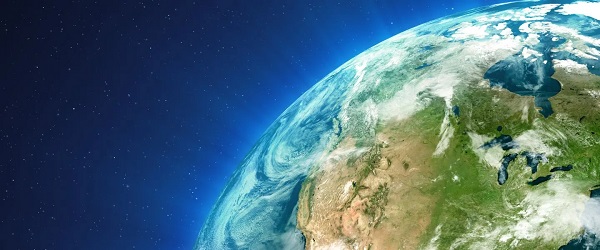
From the Fraser Institute
By Annika Segelhorst and Elmira Aliakbari
Short-term climate pledges simply chase deadlines, not results
The annual meeting of the United Nations Conference of the Parties, or COP, which is dedicated to implementing international action on climate change, is now underway in Brazil. Like other signatories to the Paris Agreement, Canada is required to provide a progress update on our pledge to reduce greenhouse gas (GHG) emissions by 40 to 45 per cent below 2005 levels by 2030. After decades of massive government spending and heavy-handed regulations aimed at decarbonizing our economy, we’re far from achieving that goal. It’s time for Canada to move past arbitrary short-term goals and deadlines, and instead focus on more effective ways to support climate objectives.
Since signing the Paris Agreement in 2015, the federal government has introduced dozens of measures intended to reduce Canada’s carbon emissions, including more than $150 billion in “green economy” spending, the national carbon tax, the arbitrary cap on emissions imposed exclusively on the oil and gas sector, stronger energy efficiency requirements for buildings and automobiles, electric vehicle mandates, and stricter methane regulations for the oil and gas industry.
Recent estimates show that achieving the federal government’s target will impose significant costs on Canadians, including 164,000 job losses and a reduction in economic output of 6.2 per cent by 2030 (compared to a scenario where we don’t have these measures in place). For Canadian workers, this means losing $6,700 (each, on average) annually by 2030.
Yet even with all these costly measures, Canada will only achieve 57 per cent of its goal for emissions reductions. Several studies have already confirmed that Canada, despite massive green spending and heavy-handed regulations to decarbonize the economy over the past decade, remains off track to meet its 2030 emission reduction target.
And even if Canada somehow met its costly and stringent emission reduction target, the impact on the Earth’s climate would be minimal. Canada accounts for less than 2 per cent of global emissions, and that share is projected to fall as developing countries consume increasing quantities of energy to support rising living standards. In 2025, according to the International Energy Agency (IEA), emerging and developing economies are driving 80 per cent of the growth in global energy demand. Further, IEA projects that fossil fuels will remain foundational to the global energy mix for decades, especially in developing economies. This means that even if Canada were to aggressively pursue short-term emission reductions and all the economic costs it would imposes on Canadians, the overall climate results would be negligible.
Rather than focusing on arbitrary deadline-contingent pledges to reduce Canadian emissions, we should shift our focus to think about how we can lower global GHG emissions. A recent study showed that doubling Canada’s production of liquefied natural gas and exporting to Asia to displace an equivalent amount of coal could lower global GHG emissions by about 1.7 per cent or about 630 million tonnes of GHG emissions. For reference, that’s the equivalent to nearly 90 per cent of Canada’s annual GHG emissions. This type of approach reflects Canada’s existing strength as an energy producer and would address the fastest-growing sources of emissions, namely developing countries.
As the 2030 deadline grows closer, even top climate advocates are starting to emphasize a more pragmatic approach to climate action. In a recent memo, Bill Gates warned that unfounded climate pessimism “is causing much of the climate community to focus too much on near-term emissions goals, and it’s diverting resources from the most effective things we should be doing to improve life in a warming world.” Even within the federal ministry of Environment and Climate Change, the tone is shifting. Despite the 2030 emissions goal having been a hallmark of Canadian climate policy in recent years, in a recent interview, Minister Julie Dabrusin declined to affirm that the 2030 targets remain feasible.
Instead of scrambling to satisfy short-term national emissions limits, governments in Canada should prioritize strategies that will reduce global emissions where they’re growing the fastest.

Elmira Aliakbari
-

 National2 days ago
National2 days agoPsyop-Style Campaign That Delivered Mark Carney’s Win May Extend Into Floor-Crossing Gambits and Shape China–Canada–US–Mexico Relations
-
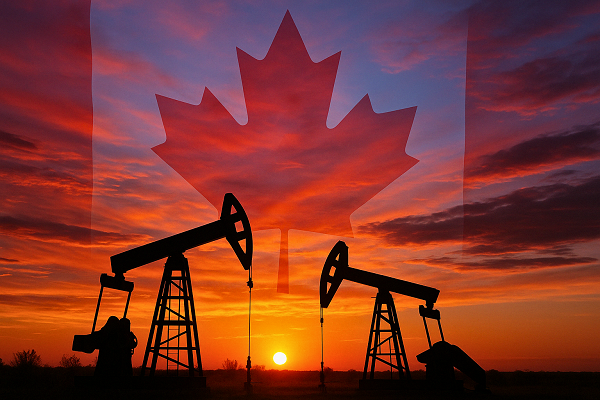
 Energy17 hours ago
Energy17 hours agoExpanding Canadian energy production could help lower global emissions
-

 Great Reset1 day ago
Great Reset1 day agoEXCLUSIVE: The Nova Scotia RCMP Veterans’ Association IS TARGETING VETERANS with Euthanasia
-
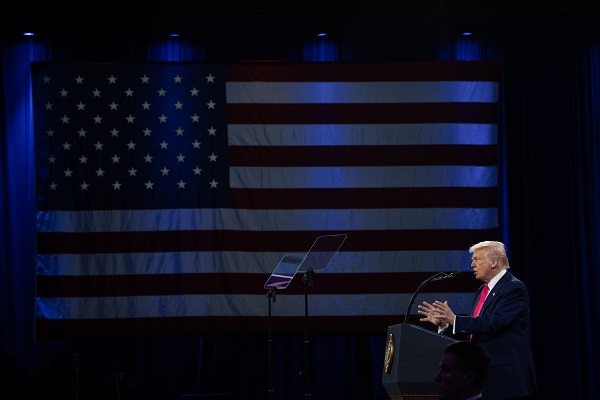
 Daily Caller1 day ago
Daily Caller1 day agoSpreading Sedition? Media Defends Democrats Calling On Soldiers And Officers To Defy Chain Of Command
-

 Business15 hours ago
Business15 hours agoWill the Port of Churchill ever cease to be a dream?
-

 COVID-192 days ago
COVID-192 days agoCovid Cover-Ups: Excess Deaths, Vaccine Harms, and Coordinated Censorship
-

 Health2 days ago
Health2 days agoCDC’s Autism Reversal: Inside the Collapse of a 25‑Year Public Health Narrative
-

 Bruce Dowbiggin2 days ago
Bruce Dowbiggin2 days agoBurying Poilievre Is Job One In Carney’s Ottawa



